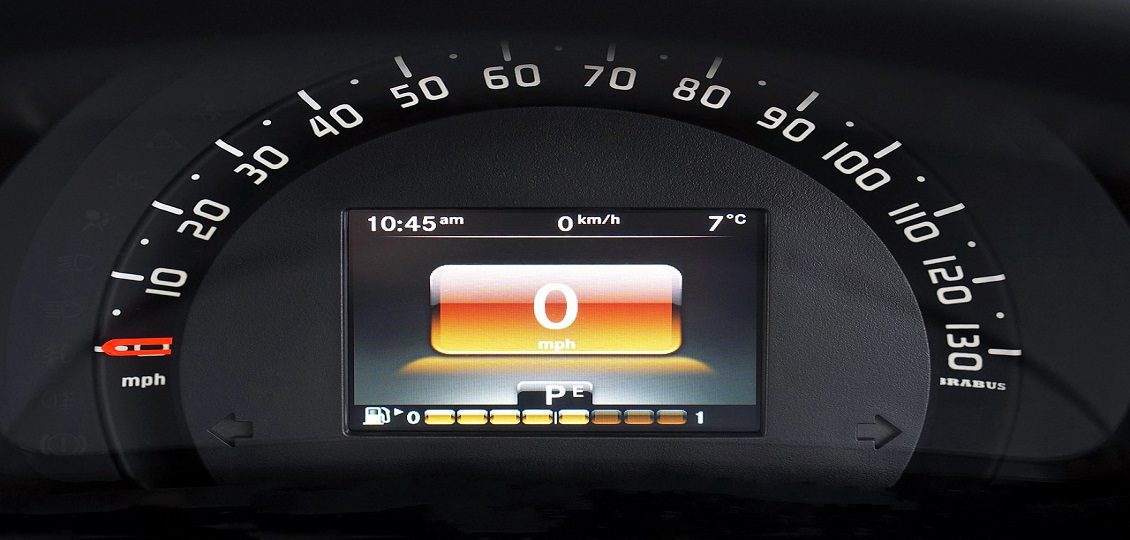By Stacey Barr
No KPI can ever give you perfect evidence of your goals. But too often we overestimate how good a KPI needs to be, to be “right”. The truth is, KPIs aren’t ever “right”. You just want to be sure they are “not wrong”.
We don’t need KPIs to know precisely and with perfect accuracy how our goal is going. If we tried this, we’d never measure anything because the cost of making KPIs perfect would far outweigh the benefit. Knowledge doesn’t have to be perfect, just useful.
The real purpose for KPIs is to give us enough evidence of whether our goal is moving in the direction we want, and to the amount we want. Because these types of analysis rely on groups of data points, the individual data points don’t have to be perfect to still be useful.
Yes, you do still want to take data integrity seriously enough. But don’t let the need for “right” KPIs paralyse your decision-making. Use these five practical checks to make sure your KPIs are “not wrong”.
Check #1: Are your KPIs direct evidence of your goal?
Evidence is the key to KPIs. They quantify the evidence that convinces us our goal is happening, improving or being achieved. Evidence is more convincing when it is directly about the goal, and not about a driver of the goal nor a flow-on effect of the goal.
Check #2: Are your KPIs deliberately defined?
It’s easy for a KPI to be wrong when people misinterpret what it means, how it should be calculated, and how to interpret it. The easy fix to make sure KPIs are “not wrong” is to define the details for each one.
Check #3: Are your KPIs consistently implemented?
With a clear definition for each KPI, it’s easier for people to know what to do to bring it to life. We want to be sure that the same data is collected, in the same way, and then analysed using the same calculation.
Check #4: Do you know your KPIs natural variability?
Data is always subject to error: measurement error, human error, data capture error. Error is natural. But this error can create or amplify changes in a KPI that aren’t real. So measuring the natural variability a KPI has, over time, helps us more easily discern true signals of change, despite this error.
Check #5: Does your KPI correlate with other evidence?
We can learn which KPIs are “not wrong” by using them in conjunction with other forms of evidence of our goal. Using the method of triangulation, we can check if our KPI is good enough by correlating it with other forms of evidence of our goal. If the correlation is lousy or absent, we have a “wrong” KPI.
TAKE ACTION:
Do your KPIs make it through these five checks? If so, then don’t waste any more time debating their integrity or relevance. Start using them, and reach your goals sooner.
About
Stacey Barr is a specialist in organisational performance measurement and creator of PuMP, the refreshingly practical, step-by-step performance measurement methodology designed to overcome people’s biggest struggles with KPIs and measures. Learn about the bad habits that cause these struggles, and how to stop them, by taking Stacey’s free online course “The 10 Secrets to KPI Success” at http://www.staceybarr.com/the10secretstokpisuccess.









































